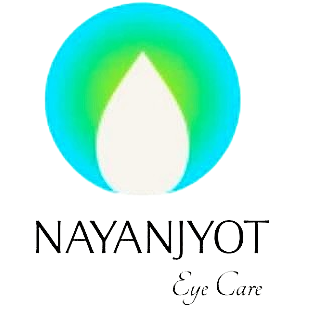Laser Vision Correction For Different Age Groups

Spectacle use is quite commonplace in recent times. With increasing screen usage, there has been a recent pandemic of myopia in young children. And most would like to get rid of glasses for convenience, better vision and cosmesis.
The minimum age to get laser vision correction done is 18yrs, preferably 21 yrs. This is to ensure that the growth of the eyeball is complete and refraction is stable. Younger than 18 yrs, Laser Vision correction can be done with the understanding that if the eyeball grows further and number increases, a re-enhancement maybe needed. The ideal age is considered after 21 yrs because the cornea gets stronger with age. A young person has a more delicate or fragile cornea than someone older.
The choice of procedures for Laser vision correction is wide open from 18 or 21- 40yrs of age. Depending on the magnitude of refractive error and corneal topography parameters, patients may be advised Lenticule extraction procedures like ReLEx SmILE, SILK, CLEAR, ATOS or flap based LASIK procedures or surface ablation procedures. If patient is not eligible for corneal laser surgery on account of a high refractive error or abnormal corneal topography, Phakic IOL– ICL or IPCL may be advised for him. With these procedures, distance vision is corrected permanently but patients develop Presbyopia or need reading glasses after the age of 40yrs. If they do not opt for Laser vision correction, they would still develop Presbyopia and would need bifocals or progressives. Presbyopia is inevitable with or without Laser vision correction.
In the presbyopic age (>40yrs) the options for Laser vision correction are many and need to be customised to patient’s lifestyle and needs. Regular ReLEX SmILE or Lasik or ICL can correct distance vision in both eyes: however, patient will then need reading glasses- prescription of these increases with patient’s age from +1 to +2.50 progressively. If patient is willing to use glasses for near, he can get perfect distance vision in both eyes with regular laser vision correction.
If patient does not want reading glasses, options are presbyopic LASIK, monovision or presbyopic Lens exchange.
Presbyopic LASIK corrects the dominant eye for distance and intermediate while the non dominant eye is corrected for intermediate and near. This is called laser blended vision so as to not lose binocularity and depth perception. Here, each eye cannot see both far and near perfectly. But, together both distances can be managed comfortably. We usually give a trial with glasses to these patients to see if they will tolerate and be satisfied with the outcome. Not every patient is a candidate for presbyopic LASIK and patients are selected based on their lifestyle, needs and tolerance. Since, reading number progressively increases with age, enhancements for this laser are often necessary.
Monovision is the next option available for laser vision correction in the presbyopic age group. Monovision means correcting the dominant eye for distance and the non- dominant eye for near. Patients who do not drive or those who do not have detailed eye related work can opt for this option. With both eyes open, far and near objects are visible. However, depth perception or 3-D vision is lost with this option. Patient can use glasses only for activities that require binocularity or stereopsis like driving or threading a needle but can be spectacle free most of the time.
The last option in the presbyopic age group is PreLex (Presbyopic lens exchange) with a Trifocal or Extended depth of focus IOL. This is a permanent option with no cataract development or increase in reading number later. This option is great for those with hyperopia with Presbyopia. Hyperopic patients cannot see distance or near without glasses and are very happy with PreLex. In emmetropes, distance vision is perfect and they may not be happy with a compromise in its quality with multifocal lens. Even night vision and contrast sensitivity reduction can lead to dissatisfaction in emmetropes. Hence, patient selection and extensive counselling are of vital importance. Myopes again can be unhappy with the unaided near vision & reading distance that a multifocal IOL provides. PreLex, again is not for all. A refractive surgeon will carefully select the best option for the patient taking into account a multitude of factors and tailor- make his treatment plan after running many tests and counselling sessions. > 55 yrs of age, PreLex is the best permanent option as patient will not need cataract surgery after it.
There is also a category of patients, post- cataract surgery, who have glasses and don’t want them. A top-up Laser procedure like Relex SmILE or LASIK or surface ablation, can correct any distance residual power. If patient has a monofocal IOL placed at the time of Cataract surgery and later desires a multifocal implant, an additional, sulcus based multifocal IOL can be placed over the existing monofocal IOL to get rid of any distance as well as reading power that the patient may have.
“Bioptics” is a procedure where corneal laser and lens based surgical options are combined to get rid of spectacle number. Doing one procedure, does not close your doors for the next. Any refractive error can be treated at any age; but there isn’t one procedure across all age groups. Procedures vary depending on the refractive error, patient’s age, surgeon’s comfort and patient’s lifestyle needs.

